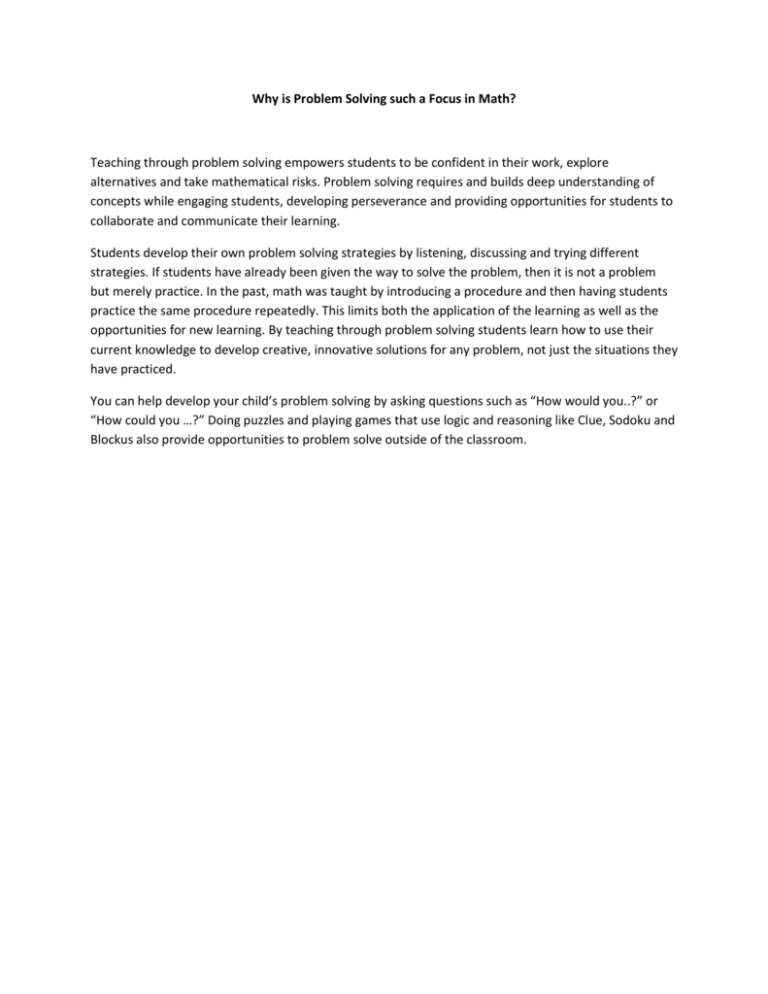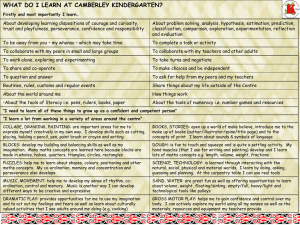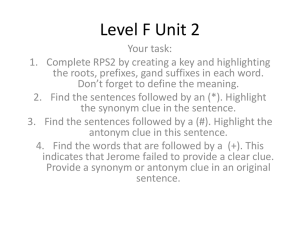Why is Problem Solving Such a Focus in Math?
advertisement

Why is Problem Solving such a Focus in Math? Teaching through problem solving empowers students to be confident in their work, explore alternatives and take mathematical risks. Problem solving requires and builds deep understanding of concepts while engaging students, developing perseverance and providing opportunities for students to collaborate and communicate their learning. Students develop their own problem solving strategies by listening, discussing and trying different strategies. If students have already been given the way to solve the problem, then it is not a problem but merely practice. In the past, math was taught by introducing a procedure and then having students practice the same procedure repeatedly. This limits both the application of the learning as well as the opportunities for new learning. By teaching through problem solving students learn how to use their current knowledge to develop creative, innovative solutions for any problem, not just the situations they have practiced. You can help develop your child’s problem solving by asking questions such as “How would you..?” or “How could you …?” Doing puzzles and playing games that use logic and reasoning like Clue, Sodoku and Blockus also provide opportunities to problem solve outside of the classroom.











